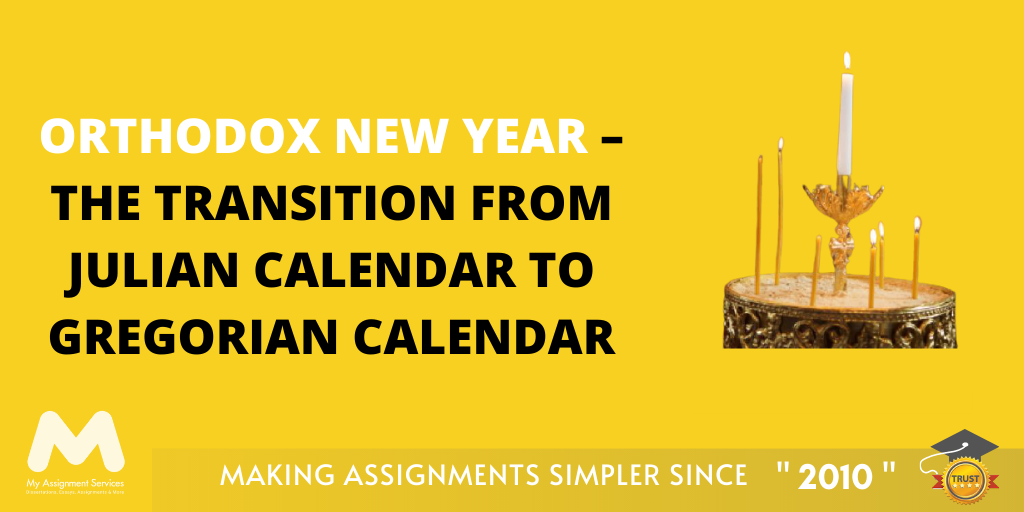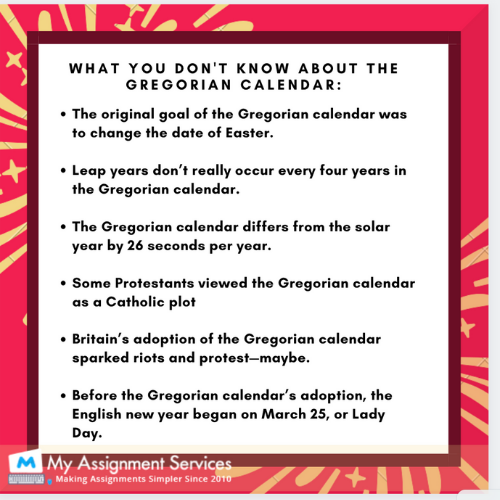
Can you even distantly imagine that the orthodox new year has its roots in Russia? Just like any other surprising fact this also come across as astonishing as possible. It might also be amazing to know that while we all will be ending with the holiday season; Russians won't be finished enjoying winters till mid-January. Well, that is how it goes in Russia. I am intrigued to guess. How many people will be opting for Russia for next Christmas holidays? Russians have this added privilege due to their historic heritage. Tradition also gives Russians an added benefit to enjoy the view of their Christmas tree till the holiday season ends. They call it the mark of Old New Year, in those parts of the human dwellings.
Following the old Julian calendar, the new year is marked with celebrating Christmas till late in the second week of January. This calendar has however been replaced by the Gregorian calendar, which is used worldwide nowadays.

Ever Wonder How it all Started?
People who are big addicts for astronomy have been tracking the origin of this orthodox new year for ages. Whereas the Gregorian calendar can be deemed as the latest introduction, the dates used to mark various celestial events, have its roots in the Julian calendar. This Julian calendar has helped mark special events such as solar and lunar eclipse, even with limited means in the primeval era. The last date recognized as the origin date for Julian calendar has been noted somewhere around October 1582. Having a rich genealogy like Julian calendar, the transition to the Gregorian calendar was no doubt, not that easy. The astronomers have spent years on refining the Gregorian calendar to match it to the standards of Julian calendar, to make it up to mark in terms of specificity and sensitivity. After ensuring all of the required amendments in the calendar the Pope was asked to declare the official dates for the transition from Julian calendar to the Gregorian calendar. It was Pope Gregory, who declared the last date of use for Julian calendar as 4th October 1582 and the first date of use for the Gregorian calendar as 15th October 1582. Hence laying foundational grounds to acknowledge and officiate the universalization of use of the Gregorian calendar.
Key Adaptions and Controversies Setting Difference Between the Julian and Gregorian Calendar
Being the oldest, most adaptive and most schematically drawn calendar of origin, switching to using the Gregorian calendar from Julian calendar can be assumed to be not that smooth transition process. However, the changes made in the calendar aimed at making it a better and advanced version of the old one. I guess it is safe to say that formulating new ideas is not possible without taking inference from the older ones. The Gregorian calendar can thus, be acknowledged as a more cultivated and subtle version of the old existing Gregorian calendar. Here are few points to ponder upon, which makes Gregorian calendar an urbane choice.
The Existing Date for Easter
- The introduction of the Gregorian calendar was done by Pope Gregory XIII in the late 1950s. Before the introduction of this new calendar to the European world, people had been adhering to the Julian calendar. Julian calendar was first implemented by Julius Cesar in 46 B.C. since its introduction the Romans had been utilizing it to dully mark the length of the solar year. Due to primitive tools, the marking might not have been that accurate as anticipated. Therefore, it might have also altered with the few important dates about special events such as Easter celebration. The admittance of the Gregorian calendar was initiated to ensure that the festival of Easter falls on the same day as required. Rather than falling farther away from springtime, with every passing year
The Occurrence of Leap Year
- The leap year is considered as one, only when it is divisible by four. So, it may or may not occur every four years, depending upon the numeric derivations. Julian calendar had an extra day dedicated to each February month, repeated in every four years. Credit goes to the Italian scientist Aloysius Lililus for making this addition and eventually making the calendar slightly too long. So, he went to devise another adjustment. This made the variation a little bit easier and simpler, by making leap year divisible by four. The additional days were added to the calendar regardless of the total, at the end of the passing years. While it may sound all knotted and bewildering as a schematic approach, it helped in resolving the lag for the years gone by. Believe it or not, the latest assumptions for leap year are somehow based on a similar idea.
The Difference in the Solar Year
- Despite the analytical and meticulous methods inculcated by Italian scientist Aloysius Lililus, there were certain disparities to be worked upon. Although he tried hard to sync the calendar details with the universal timings and tracking if the events, he failed to calibrate the system by almost 26 seconds. This made a huge difference when compared to the calculation done for years and months. The discrepancy was also risen for several hours, resulting in the Gregorian calendar ahead of its time. As estimated by some of the experts, the Gregorian calendar might be a full year ahead of the anticipated solar year, to be precise in the year of 4909.
Gregorian Calendar Was Once Considered a Catholic Contrivance
- The new Gregorian calendar was easily adapted as an integral part of the system. However, it can be safe to say that the inclusion process had its hits and bounds through the journey. Many Catholic countries such as Spain, Italy and Portugal adapted to the new and advanced means in consideration for their civil affairs. Introduction of the Gregorian calendar had to face turf war from European protestants. This was rejected due to the alleged ties between the papacy adding to an attempt to silence their movement. This ended up some parts of the region left clinging to the old Julian calendar, eventually keeping them one step behind the new nations that adopted the change. There are certain parts where the national churches have still not adapted to the reforms of the Gregorian calendar and even do not consider it as a valid change.
Acknowledgement of Gregorian Calendar Even Caused Riots in Britain
- The English were not kind enough to accept the new and improved Gregorian calendar as an integral part of their system. There were sparked riots, demanding sufficient time to understand and inculcate the Gregorian calendar. It is not completely unacceptable, as change may be inevitable it is hardly welcomed. People felt doomed as they felt forced and helpless and do nothing, rather accept the Gregorian calendar. While some say, it was a mere attempt to disfigure Britain’s ideology and that the Gregorian calendar was welcomed with open arms. An official statement was also released by Benjamin Franklin, welcoming and incorporating the change.
The gap Between the Adoption of the Gregorian Calendar and the Beginning of Lady Day
- As stated, as a fact that there were some discrepancies between the Julian calendar and the Gregorian calendar, some inclusions were made on an individual basis as well. Due to the digression and dissemblance between the days marked in both calendars, several important turns of events were left unacknowledged. The European calendar replaced one of the few dates such as December 25 and March 25. December 25 went on to be marked as the Birth of Jesus Christ and March 25 went on to be recognized as Feast of Annunciation. The later was further acknowledged as the Virgin Mary day also known as the Last Day. This day was prepended as the beginning of the year for Great Britain, until late January 1752. The same was the official date for Gregorian calendar acceptance.
Related Study Materials
Our Experts can answer your Assignment questions instantly.
Ask Question0 Comment
Get It Done! Today
1,212,718Orders
4.9/5Rating
5,063Experts













Loved reading this Blog? Share your valuable thoughts in the comment section.
Add comment